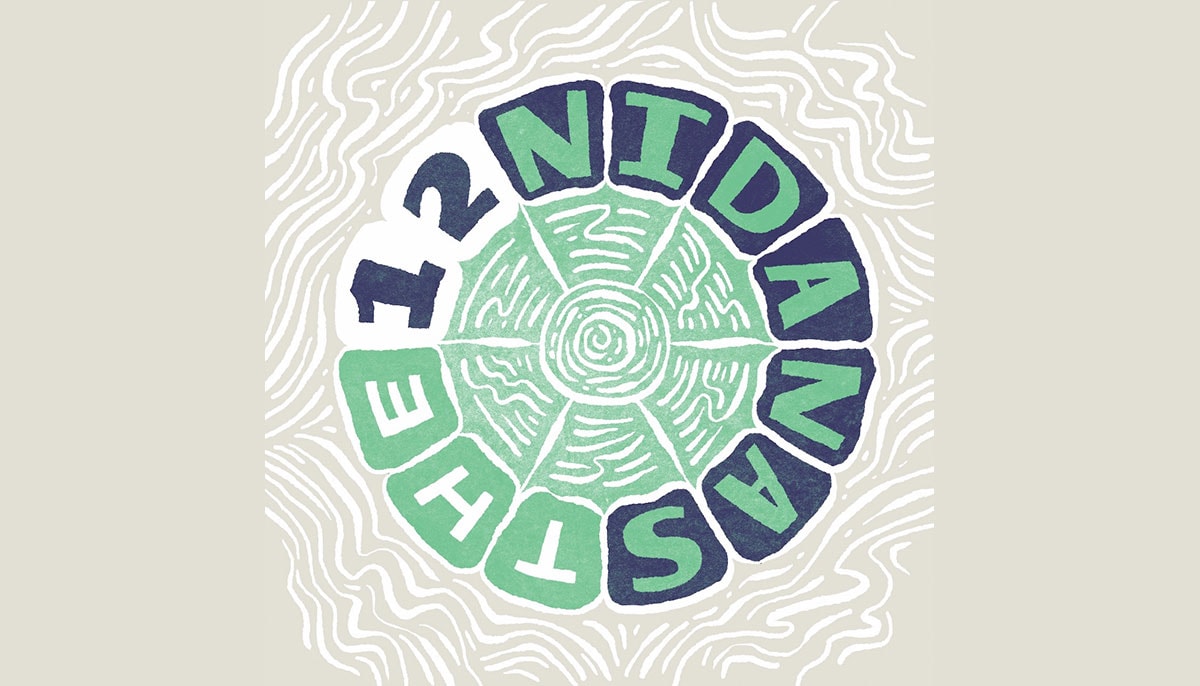The twelve nidanas describe how the cycle of suffering known as samsara is created. Also known as the twelve links of dependent origination, they map the chain of causation that creates the cycle of birth, death, and rebirth that sentient beings are caught in. The nidanas form the outer circle in Buddhism’s Wheel of Life, which is a pictorial representation of samara. With fundamental ignorance as the first cause, each link (nidana) in the chain results from the previous link and is the cause of the next. This sequence operates moment to moment as well as lifetime to lifetime. The twelve nidanas are:
1. Fundamental Ignorance (Pali: avidya)
In Buddhist philosophy, fundamental ignorance is the root cause of suffering, driving the cycle of birth and death. This is sentient beings’ basic misunderstanding of the true nature of reality, the four noble truths, and the law of cause and effect.
2. Formations (sankhara)
This nidana refers to the volitional activities, thoughts, intentions, and habitual tendencies that arise from ignorance. It includes both positive and negative mental states.
3. Consciousness (vinnana)
Consciousness arises due to the interaction of the six sense organs — sight, hearing, taste, touch, smell, and mental cognition — and the external world, or objects of perception.
4. Name and Form (namarupa)
This nidana refers to the combination of mental and physical elements. Name represents the mental aspects such as feelings, perceptions, thoughts, and consciousness. Form represents the physical body and its sense organs.
5. The Six Sense Bases (salayatana)
These six internal and external sense organs facilitate the contact between the sense objects and consciousness. The internal sense organs are the eyes, ears, nose, tongue, body, and mind. The external sense objects are their respective counterparts or sense objects in the external world.
6. Contact (phassa)
Contact refers to the coming together of the sense organs, objects, and consciousness. It is through contact that feelings and perceptions arise.
7. Feeling or Sensation (vedana)
Feelings can be pleasant, unpleasant, or neutral and arise from contact between the senses and their objects.
8. Craving or Thirst (tanha)
Craving refers to the desire and attachment that arises from pleasant feelings and the wish to avoid unpleasant feelings. It includes craving for sensual pleasures, existence, and non-existence.
9. Clinging or Grasping (upadana)
Clinging is the grasping and attachment to the objects of craving. It includes attachment to material possessions, views, ideas, and sense of self.
10. Becoming or Worldly Existence (bhava)
Becoming refers to taking birth or arising in various realms of existence. It is influenced by the actions driven by craving and clinging.
11. Birth or Becoming (jati)
Birth represents the physical birth into a particular realm or state of existence. It involves the arising of a new body and mind.
12. Old Age and Death (jaramarana)
Aging and death are the inevitable consequences of birth. This link encompasses the entire process of decay, aging, and eventual death of the physical body.
These twelve links describe the way we move from lifetime to lifetime in a cycle of karmic cause and effect. Each is interconnected — ignorance leads to suffering, and suffering leads to continued ignorance and the cycle of rebirth. Buddhism aims to break this cycle by attaining liberation (nirvana) through the cessation of ignorance and craving.
Buddhism A–Z
Explore essential Buddhist terms, concepts, and traditions.

